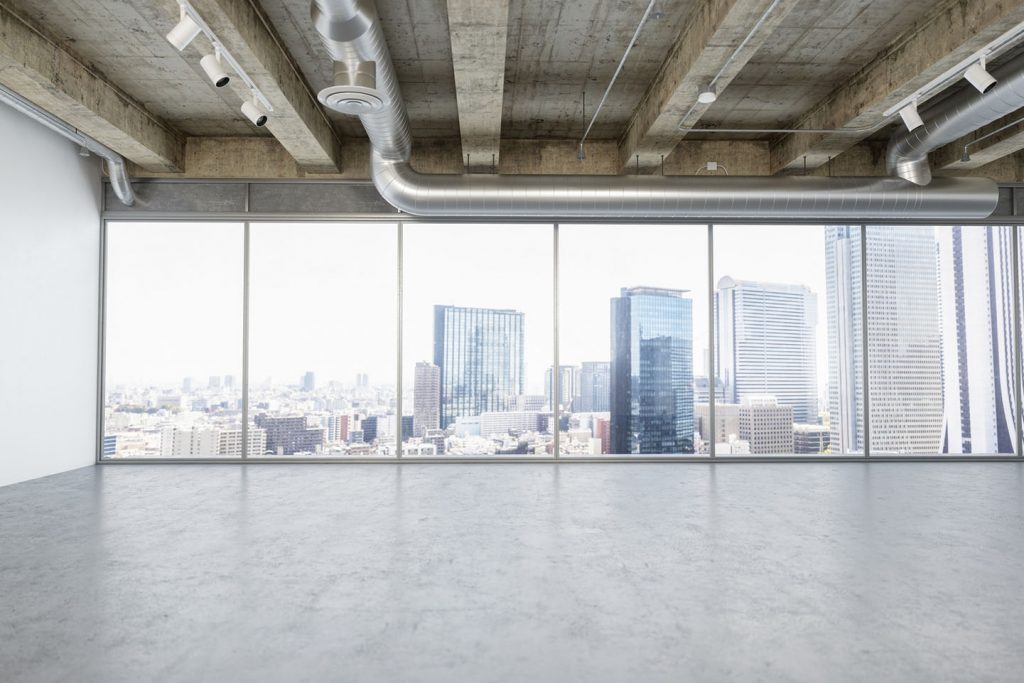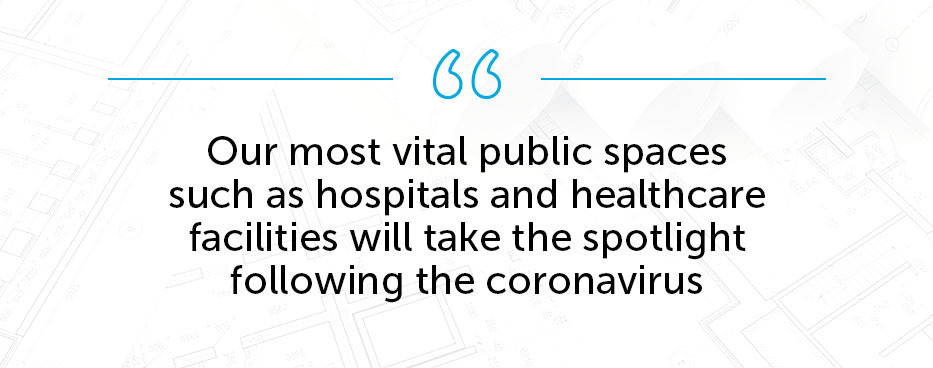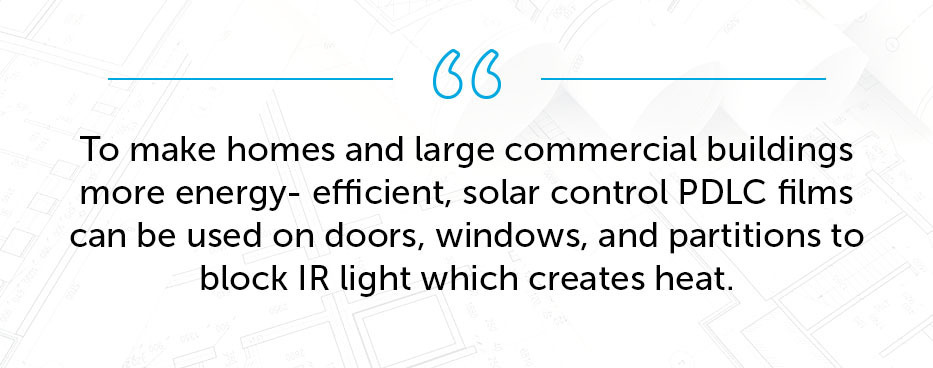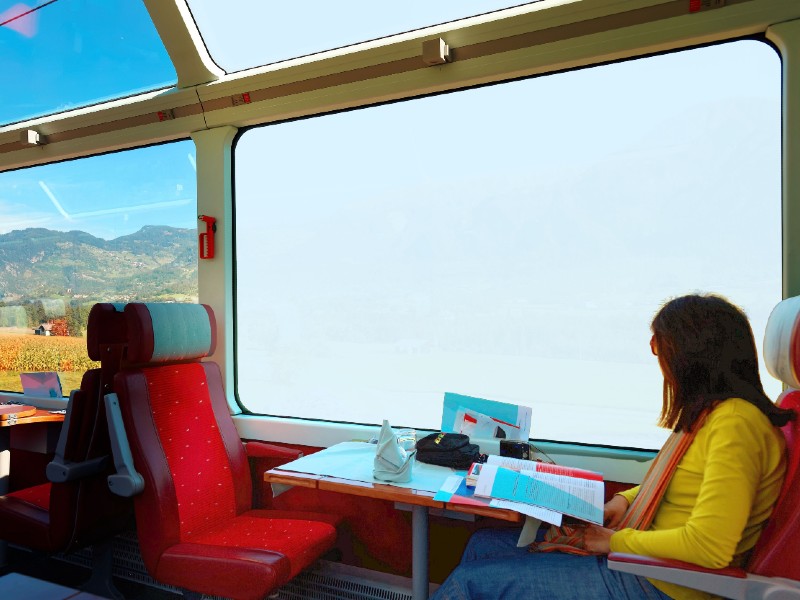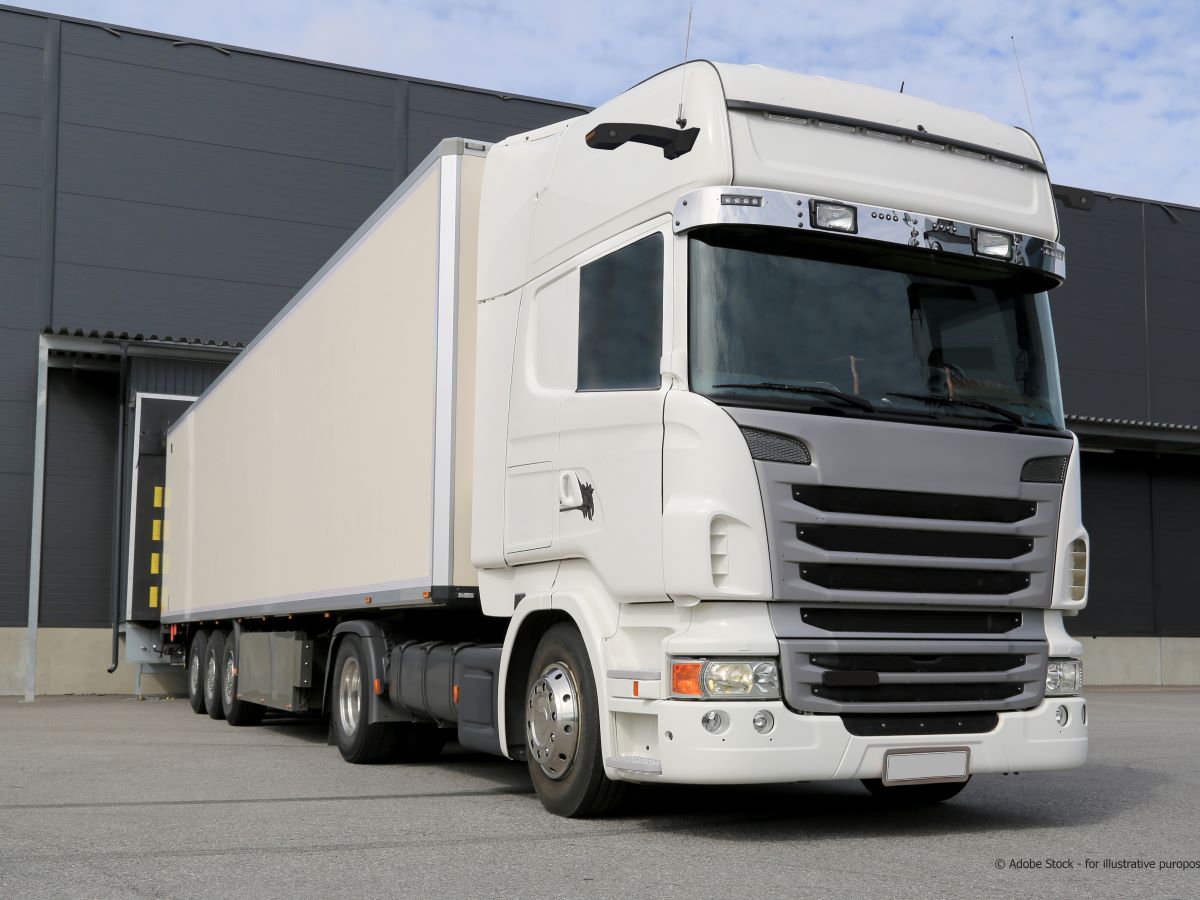COVID-19 will inevitably change the spaces we use the most. How can architects, designers and builders best prepare? The building materials we use are key.
Traditional building materials are clearing the way for better and more advanced “smart” materials. Smart building materials are different from traditional materials in that they are specially designed with numerous properties and can be controlled by some external stimuli such as temperature, magnetic or electric fields, and moisture.
Rapid advancements in smart building materials like Smart Glass are improving building safety and sustainability standards worldwide, with adoption set to increase dramatically after the COVID-19 outbreak. From alloys to metals and glass, the global smart materials market is poised to grow USD $48.48 billion between 2020 and 2024.
Architects, designers, and builders should start thinking about the aftermath of this rapidly spreading virus now and how it will transform the spaces we’ve become so accustomed to. Once this pandemic is over (and we’re positive it will be soon!), there are many new ways smarter building materials including smart glass can equip us for a brighter and more stable future in built environments.
Safety & Well-being
Our most vital public spaces such as hospitals and healthcare facilities will take the spotlight following the coronavirus outbreak. There is already a newfound focus on how to best create easy to sterilize interiors while ensuring environments boost well-being and optimize healing. In these spaces, switchable glass partitions can replace curtains to help stop the spread of infection.
Switchable glass partitions are an example of a smart material, as it’s glass that is activated to change transparency with electricity. These types of partitions are more hygienic than curtains, while also providing the option for privacy when needed, helping doctors and nurses check on patients quickly, while at the same time allowing patients to rest and heal in a private setting.
In the plumbing space, shape memory alloys (SMA) are another emerging smart building material contributing to improved safety standards through its unique ability to alter its mechanical and physical characteristics in response to temperature change. SMA valves are the reason that fire sprinklers can respond so quickly to rising temperatures in a building caused by a fire. Exposure to heat causes the SMA component to expand. Once the transitional temperature has been reached, the element expands quickly to the point at which a bolt breaks and activates the sprinkler automatically.
Sustainability
A bittersweet silver lining to the COVID-19 outbreak is the reduction of levels of pollution across the globe. The building industry is responsible for 40% of the total amount of carbon dioxide emitted worldwide. It’s clear we have a large part to play in reducing our carbon footprint. Fortunately the types of smart building materials we use going forward can help. Switchable glass installed or applied to a building’s facade can contribute to reducing energy consumption. To make homes and large commercial buildings more energy-efficient, solar control PDLC films can be used on doors, windows, and partitions to block IR light which creates heat. SPD, another type of active glass smart material, can be used to shade. SPD blocks up to 99% of incoming natural or artificial light within seconds of shifting voltage. Both such building materials keep spaces cool, in turn, lowering HVAC costs and creating greener buildings.
Low-E glass, prevents energy loss by creating a “thermal barrier”. The Low-E window coating is a thin metal or metallic oxide film that’s fixed to the glass’ surface. This microscopic layer allows light) to penetrate the glass, but blocks most ultraviolet (UV) long-wave energy, which we feel as heat. Switchable glass technologies paired with Low-E glass can further optimize spaces and make them smarter. Modernize notes that smart glass has the potential to save a building owner 20% of energy costs.
Even the most common construction material, cement, has growing sustainability potential. Piezoelectric materials are capable of transforming mechanical strain and vibration energy into electrical energy. Plain cement paste lacks satisfactory piezoelectricity and is not efficient at harvesting electrical energy. But in recent years, many techniques are improving the piezoelectric capacity of cement-based composite including adding carbon fibers into cement paste and forming a new composite through incorporating lead zirconate titanate (PZT). These advanced methods for improving the energy harvesting potential of cement are paving the way for more renewable and sustainable buildings.
Fast-forward to the future and we can even see PDLC smart glass or SPD smart glass combined with translucent concrete. Translucent concrete is made just like regular concrete, except it’s infused by plastic or quartz fibers. The result means daylight can be scattered throughout the building, offering energy efficiency and sustainability. Paired with a layer of smart glass film applied to the interior face of the translucent concrete, a wall could essentially switch off on demand.
Smart building materials represent a large and still widening group of materials with growing interest for architects, designers, and builders. With new applications and improvements being developed every day, the future of public safety and sustainability post COVID-19 rests in our hands. Gauzy’s LCG® (light control glass) technology allows glass to change from transparent to opaque for privacy, custom shading, and solar control in the spaces where we spend the most time.
Want to Learn More About Innovations in Smart Glass? Check Out Our Smart Glass Guide.

